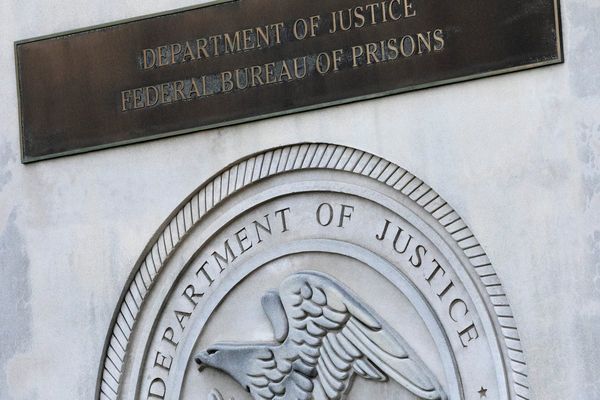Kilauea continues to erupt wildly on Hawaii’s Big Island this week, shooting lava hundreds of feet into the air and burning homes to the ground.
As of Sunday night, 10 fissure vents were open in the area and at least 26 homes had been destroyed, according to the county civil defense agency. The U.S. Geological Survey said some of the lava was shooting 330 feet into the air — higher than the tip of the Statue of Liberty’s torch, The Washington Post reported Monday morning.
Even more outbreaks are expected in the coming days, according to the USGS.
While it seems very sudden and unpredictable, this outpouring of molten earth has been looming for weeks. Kilauea has a history of burning Hawaii’s forests — and a few neighborhoods — to the ground.
Kilauea has been erupting continuously since 1983
It only makes the news every once in a while, but this volcano has been actively erupting along its East Rift Zone for more than three decades. Sometimes the activity is low-key, and other times it prompts the evacuation of nearby subdivisions.
Kilauea’s main caldera has a lake of lava that periodically rises to the surface, so it usually gets a lot of attention. The National Park visitor center and hotel — Volcano House — are on the rim of the caldera. But a smaller cinder cone to the east is where all of the recent action is. Pu`u `O`o formed at the beginning of the 1983 eruption, although the activity has since moved away from the cinder cone along the East Rift Zone.
It has more than two dozen craters
Unlike stereotypical volcanoes — tall with a clear peak and a caldera on top — Kilauea is relatively low-elevation (above sea level) and has several craters that mark its history of eruptions. The Kilauea caldera is the main crater, but there are more than 10 other craters on the volcano, mainly along its East Rift Zone.
It’s probably the world’s most active volcano
“World’s most active volcano” is difficult to objectively measure, but geologists don’t seem to have a problem ranking it at the top. Kilauea’s longest period of inactivity was just 18 years between 1934 and 1952.
Other volcanoes that compete for this title are Eyjafjallajökull in Iceland, Mount Etna in Sicily and Sakurajima in Japan.
Hawaii Volcanoes National Park is one of the earliest established
The National Park Service was established in 1916, and Volcanoes National Park was designated just a few weeks earlier. It was the 15th national park designated, preceded only by other similarly famous parks like Yellowstone, Yosemite and Crater Lake.
There was once a golf course on the volcano
The old clubhouse is still standing, just east of the visitor center, with a couple of rooms that golfers would stay in overnight. The 19th hole was the caldera.
People used to lounge around on the crater rim
Chilling on the edge of a notoriously-active volcano? Sulfur dioxide hanging heavy in the air? No big deal! These were brave souls, but to be fair, they didn’t know much about volcanoes back then.
If you tried to do this now, you’d be kicked out of the park and fined.

Tourists poke the volcano during the early 20th century in this colorized photo. Pele does not approve. (National Park Service)
Kilauea is home to Pele, goddess of the volcano
Pelehonuamea, to be exact. “She who shapes the sacred land.” In Hawaiian myth and culture, Pele is the goddess of fire and volcano and devours the Big Island when she is perturbed. She has a wicked temper and she made her home in the Halema’uma’u crater.
Kilauea’s sister volcano, Mauna Kea, is taller than Mount Everest
Mauna Kea’s summit registers at about 14,000 feet above sea level. But from its base, which is on the ocean floor, the mountain is approximately 33,500 feet tall — nearly a mile taller than Mount Everest (29,029 feet), according to the USGS.















